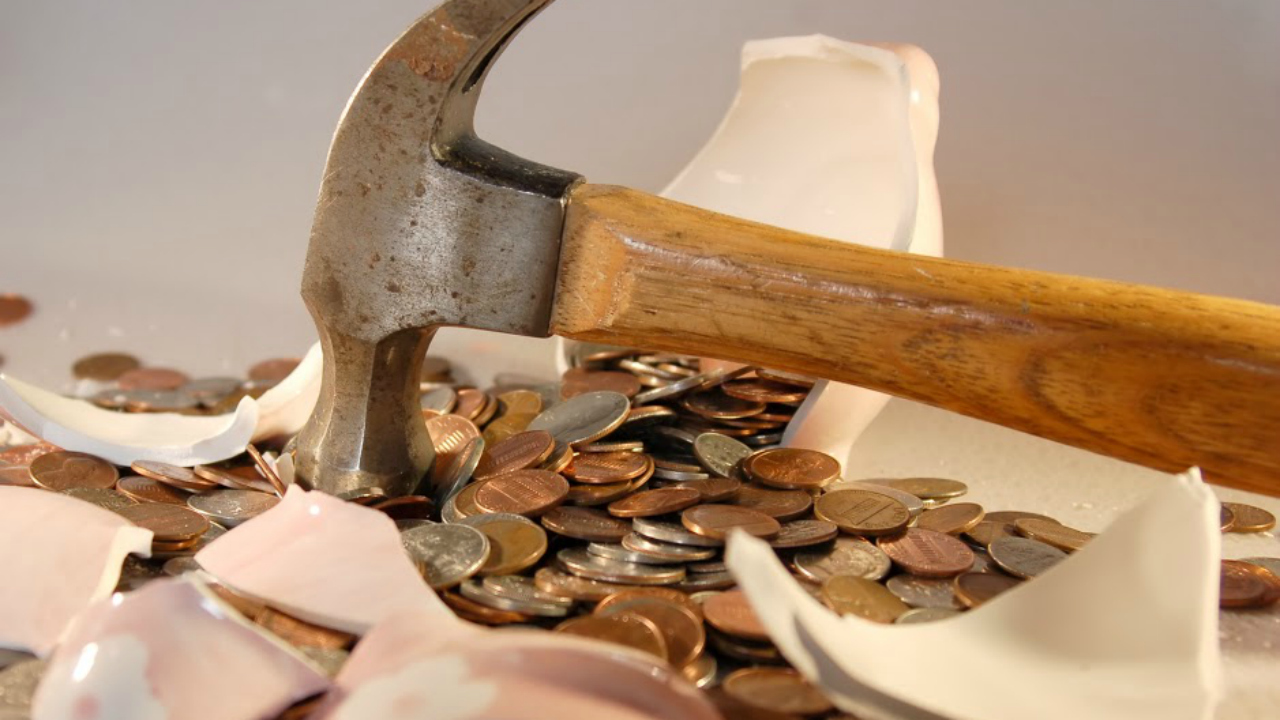Unfortunately, emergencies happen. It’s a fact of life. However, the good news is that we can prepare emergencies – and how important it is to do so!
Everyone should have a certain amount of money in their emergency fund; how much money, is the question that will be answered here.
As you’re working through the Foundation Phase in your financial plan, you’ll begin with $1,000 in cash as your short-term emergency fund. This is a great starting point, and it will help you handle all of those small emergencies you might encounter as you’re putting in place appropriate insurance policies, creating your estate plan, and paying off all your consumer debt.
Once you’ve accomplished all of these goals, it’s time to create an additional emergency fund that you will fill with three to six months of living expenses. What amount should you choose? Let’s take a look at the Four-Question Emergency Fund Calculator.
The Four-Question Emergency Fund Calculator
As described in Step 5 of the Foundation Phase, it’s important to have three to six months of living expenses in an emergency fund. But how do you decide which amount is right for you? Answer the following questions:
1. Do you have a two-income household and does each spouse work for a different employer?
2. Are your incomes similar (for example, 50/50 or 60/40)?
3. Do you both work for companies owned by other people?
4. What is the total for your keep-me-alive-and-off-the-streets expenses from your budget?
If you answered “yes” to the first three questions above, save three months of living expenses. If you have a one-income household, if one spouse makes much more than the other, or if one of you is self-employed, save six months of living expenses. Then use the answer from the fourth question for the following calculation:
3 or 6 months x [answer from fourth question] per month = amount needed in your long-term emergency fund at all times
Here’s an example of what this calculation may look like:
6 months x $3,200 = $19,200 needed in your long-term emergency fund at all times
Now you have your answer! Make sure to replenish your emergency fund up to this number as soon as you possibly can after you use some money from it.
Where to Store – and Not Store – Your Emergency Fund
The beginner emergency fund of $1,000 needs to be in cash. There are multiple reasons for this.
First, separating it out from the rest of your money communicates very clearly to yourself and your family that this money has a specific purpose – it’s for emergencies only! Remember: An emergency is an unexpected need, not a want!
Second, having this cash on hand will help you should you find yourself in the middle of a city experiencing a power or network outage. Debit and credit cards become pretty much useless in these situations. Having cash will get you through until systems are restored.
When it’s time to save up three to six months of living expenses in your emergency fund, consider storing it in a high-yield savings account or money market account. You won’t make much money in interest using these types of accounts, but the money will be liquid and accessible which is the more important factor.
Keep in mind that bank associates might notice all the money sitting in your savings account and recommend moving it into an account that has a higher interest rate – like a CD (Certificate of Deposit).
Don’t take the bait.
CDs, while typically offering higher interest rates than a savings or money market account, keep your money locked away and inaccessible (without having a pay a penalty) for a lengthy period of time. The last thing you want is to have an emergency and not be able to access the money without having to pay a penalty. Many people in this situation will end up putting their emergency expenses on a credit card, which causes the debt cycle to start all over again.
Yes, you’ll miss out on a little bit of interest by not having your money in a CD, but this is a very small price to pay to have the peace of mind that you’ll be able to pay for an emergency should one arise.
Do you have an emergency fund yet? Have you needed to use an emergency fund? Leave a comment!



I love these concepts and glad that I have incorporated most of these. I do need to make some of my emergency fund liquid.